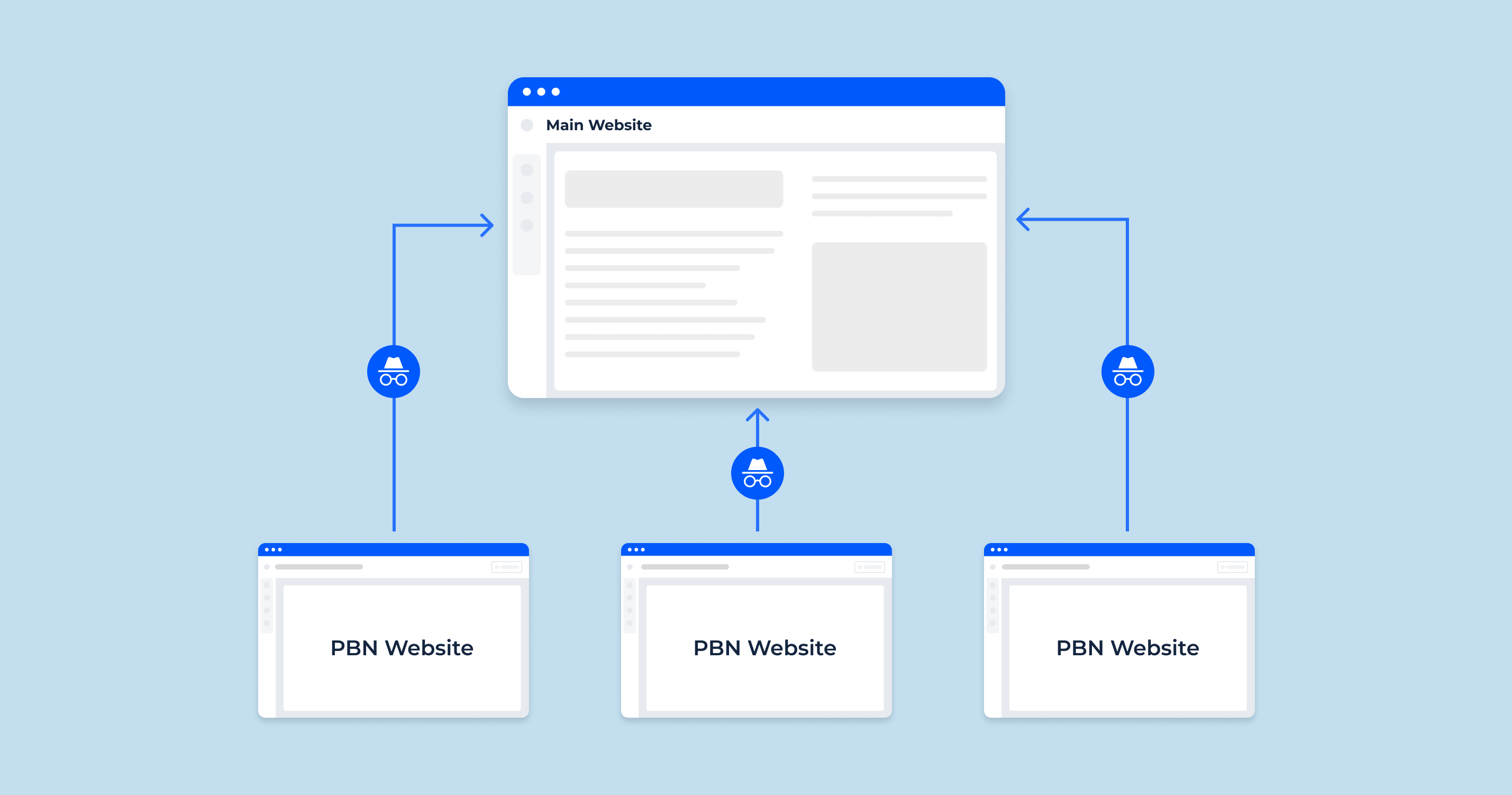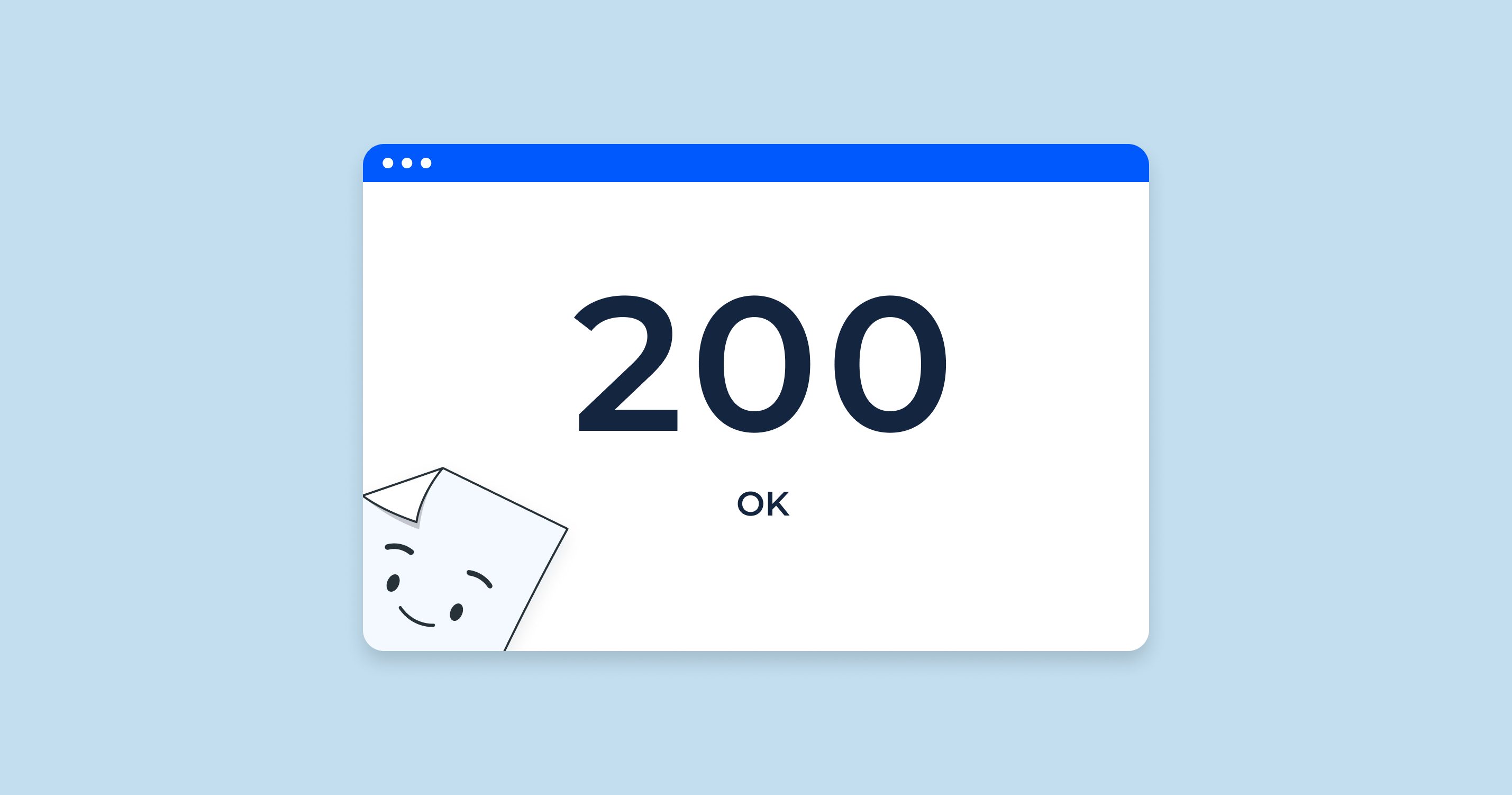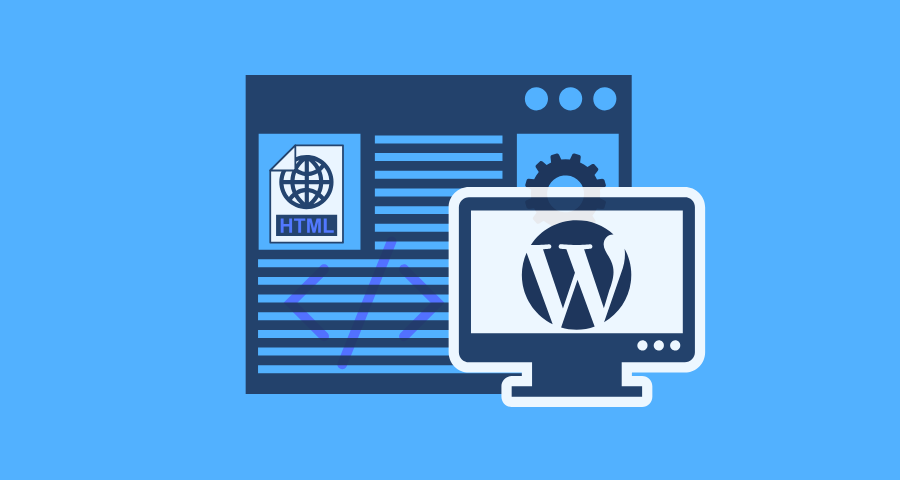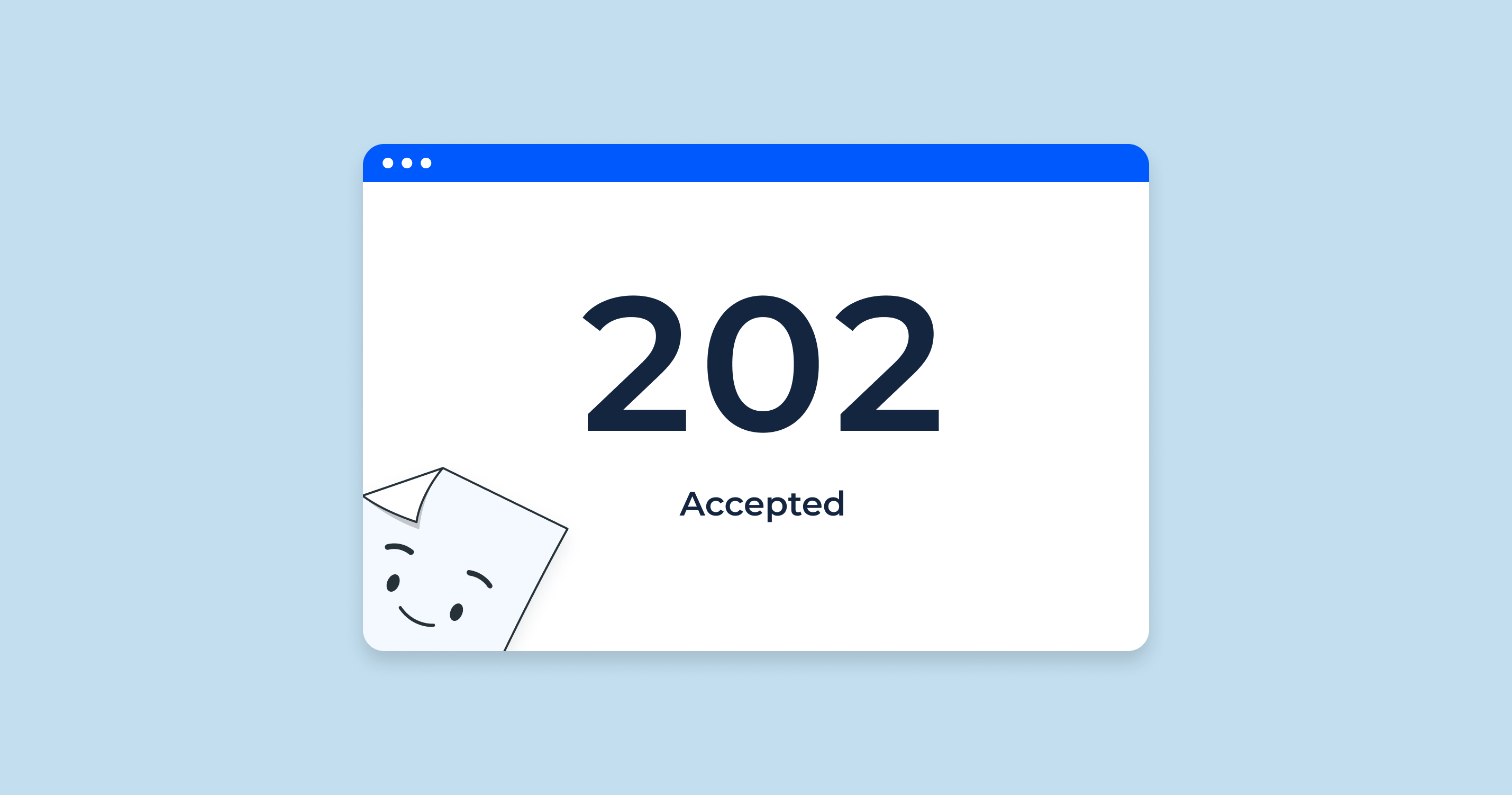A private blog network (PBN) is a network of websites that are created and controlled by a single individual or organization. They are used to creating backlinks to other websites in an attempt to artificially boost their search engine ranking.
PBN is a network of authoritative websites used primarily for building links back to money site(s) for the purpose of achieving a higher ranking within the Google search engine. A money site is a website intend on ranking, i.e. the one that actually makes money.
Private blog networks are a violation of Google’s Webmaster Guidelines and can result in manual action. This is a penalty that can significantly damage a website’s search engine ranking.
It’s important to note that PBNs are considered a black-hat SEO strategy, and they can lead to penalties if Google and other search engines discover them. Google’s guidelines explicitly state that artificially building links to a site is a violation, and this includes PBNs. If it is discovered, the site could be penalized or even de-indexed. Therefore, while the method can be effective in the short term, they also come with significant risks.
The way PBNs work can be broken down into the following steps:
- Acquisition of Expired Domains. Expired domains with a high Domain Authority (DA) and Page Authority (PA), as well as a good backlink profile, are often purchased. The backlink profile includes links from high-authority websites, low spam scores, and other relevant metrics.
- Website Setup. Once the domains have been purchased, websites are set up on these domains. This involves setting up hosting, installing WordPress or other CMS, and adding content. Care is taken to ensure that each website in the PBN looks and feels like a legitimate website. They are given their own unique content and design, and they can’t have any open footprint that might connect them to the other websites in the blog network.
- Linking to the Money Site. After the websites are set up, and content is added, they are then used to link to the money site. Each website in the PBN includes a few links that point to the money site, as well as other authoritative sites in the same niche. These links help to boost the money site’s ranking in Google search results.
- Maintenance. Regular updates and maintenance of the websites in the PBN are necessary to keep the network’s value and ensure that the PBN isn’t recognized by search engines, which can lead to penalties.
While PBNs can be effective in the short term, they also come with significant risks.
Risks Associated with the Use of PBNs
Google, in particular, has expressed clear disapproval of such tactics and made significant algorithm updates to identify and penalize websites involved in such practices.
Here are the key risks:
| Penalties and Deindexing | Google’s algorithms and manual reviewers are becoming increasingly efficient at identifying PBNs. If a website is found to be part of a PBN, Google can penalize it, leading to a sharp drop in rankings. In extreme cases, the website may be completely deindexed from search results. |
| Loss of Investment | Building PBN is resource-intensive. It requires finding and purchasing high-quality expired domains, setting up unique hosting accounts, creating unique content, and maintaining the network. If Google discovers and penalizes it, the site owner loses all the money, time, and resources invested in it. |
| Negative SEO Impact | PBNs can often lead to a poor backlink profile due to the artificial and non-organic nature of the links. This can negatively impact site’s SEO and hamper its chances of ranking high on search engine results pages (SERPs). |
| Unsustainable Long-Term Strategy | PBNs are typically seen as a quick fix to improve rankings, but they don’t provide a solid foundation for a sustainable SEO strategy. Quality content, on-page optimization, and earning genuine, high-quality backlinks are more effective long-term strategies. |
| Potential for Network Unraveling | If one site in PBN is discovered, it could lead to the entire network being discovered, especially if there are common footprints among the websites. This can lead to a cascade of penalties affecting not just one but potentially all the sites. |
It’s also worth noting that building a PBN generally goes against the principle of creating value for web users, which is at the core of Google’s guidelines. The focus of any successful long-term SEO strategy should be on creating high-quality content that provides real value to users.
This, in turn, naturally attracts high-quality backlinks and helps to improve rankings.
How Does Google Indicate PBNs?
Google’s algorithms have evolved significantly over the years to detect and penalize the use of Private Blog Networks. Google employs various strategies to detect private blog networks. One factor it considers is the age of the websites within the network.
Newly registered websites with little to no history can be a potential red flag, as PBNs often use such domains.
Another critical factor is the quality of content. Low-quality, thin, duplicated, or poorly written content, commonly found on PBNs, can alert Google’s detection mechanisms.
In addition, Google analyzes the interlinking patterns within the network. PBNs usually exhibit a high number of reciprocal links, and especially when these links originate from the same IP address, they can trigger Google’s alarms.
Here are some ways in which Google might identify PBNs:
- Shared Hosting or IP Address Information. If multiple websites in a network are hosted on the same server or share the same IP address, it is a major red flag and an easy way for Google to spot a PBN. Similarly, shared DNS information can be a sign of a PBN.
- Whois Information. If the Whois data for multiple domains have the same registrant details, it can be a clear indication of a PBN. Many website owners try to hide this by making the Whois information private, but Google can still often connect the dots.
- Identical or Similar Site Designs. If all websites within a network have the same layout, theme, or similar design elements, Google can identify them as part of a private blog network.
- Similar Backlink Profile. If all sites within a network link back to the same site or sites, it can indicate a PBN. In natural linking, it would be extremely unusual for a group of unrelated sites to all link to the same few sites.
- Thin or Low-Quality Content. Websites in a PBN often feature low-quality content or articles that are over-optimized for certain keywords. This content is often outsourced and may not provide real value to users.
- Rapid Acquisition of High Authority Links. If a website suddenly acquires a large number of high-authority links, it could be a sign of a PBN. Google’s algorithms look for natural, organic link growth over time.
- Expired Domains. Many PBNs are built on expired domains that have high domain authority. If a domain drops and is picked up by a new owner, and the website topic changes, or it starts linking to a certain site or group of sites, it could be a sign of a PBN.
How Webmasters Avoid PBN Links From Promotional Agencies
Promotional or SEO agencies may sometimes use PBNs to boost a website’s ranking. While this might show short-term gains, it poses substantial risks in the long run due to the potential penalties from search engines, especially Google.
If you’re working with an agency and want to ensure they don’t use PBNs to boost website’s ranking, here are some steps you can take:
- Clear Communication. Make it clear from the beginning that you do not want any black-hat SEO practices, including PBNs, used on website.
- Ask for Transparency. Ask the agency for a list of websites they plan to acquire backlinks from. If they refuse or are vague, this could be a red flag.
- Monitor Backlinks. Regularly use backlink checker tools to monitor the incoming links to website. Unnatural spikes in the number of backlinks or backlinks from low-quality or irrelevant sites can be signs of PBN usage.
- Regular Reports. Insist on regular reports detailing the work done, including the link-building efforts. Check the quality of the sites where the links are being placed.
- Audit the SEO Agency. Before hiring an agency, do a background check. Look for reviews from previous clients, and ask for references if possible. Check their own SEO practices and ranking.
- Ask for Their SEO Practices. Understand what SEO strategies they intend to use. A reputable agency should be able to explain its approach and why it’s effective without resorting to black-hat techniques.
Remember, while PBNs may give a quick boost to rankings, the potential penalties and long-term damage to site’s credibility are not worth it. It’s better to use white-hat SEO practices for sustainable growth.
Fight the Negative Influence of PBN with Sitechecker Backlink Checker
Sitechecker’s backlink checker is a powerful tool for webmasters aiming to mitigate the negative impacts of PBNs. This tool can identify potentially harmful, spammy backlinks by analyzing various factors such as anchor text and referring domains. After detecting such backlinks, webmasters can use Google’s disavow tool to indicate these links should be disregarded in search engine rankings, thus preventing potential penalties.
Moreover, Sitechecker’s backlink checker provides the ability to monitor a website’s backlink profile over time. Keeping an eye on the evolution of the backlink landscape, it allows webmasters to promptly identify and react to any newly created, potentially harmful links.
Therefore, harnessing the capabilities of Sitechecker’s backlink checker can help webmasters defend their sites against the detrimental effects of PBNs, consequently improving their websites’ rankings and boosting visitor traffic.
Conclusion
Private Blog Networks (PBNs) are deceptive SEO tactics aimed at boosting search rankings. However, these practices can lead to penalties, including a significant drop in rankings or complete deindexing by Google. It’s important for webmasters to avoid PBN links from agencies and regularly monitor their site’s backlink profile. Tools like Sitechecker’s backlink checker can aid in identifying and managing potentially harmful links. The best strategy for a high-performing website is adhering to Google’s guidelines and focusing on providing genuine value to users.




